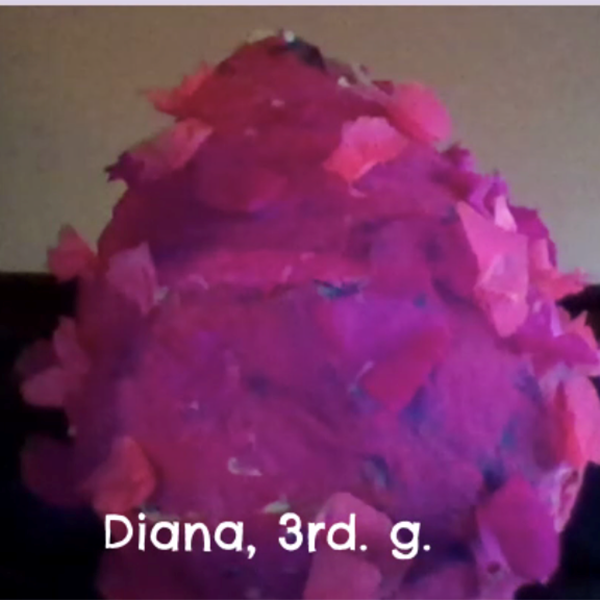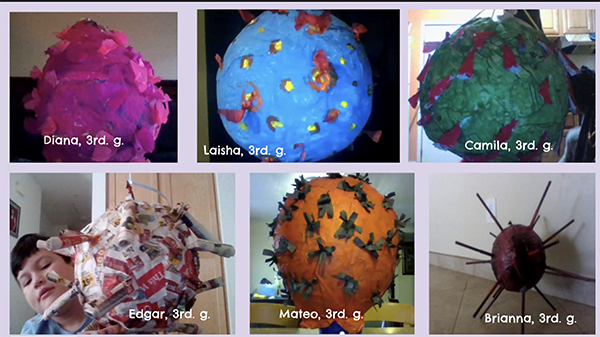
Inside Education April 2021
Moving Forward into Santa Cruz’s Educational Future
BY suki wessling
This month’s Inside Education took place days after the verdict from the Derek Chauvin trial was announced, and County Superintendent of Schools Faris Sabbah highlighted how that event mirrors the change that is taking place in our local schools.
“The idea that we can claim that schools are apolitical is getting smaller and smaller,” Sabbah explained. “There is a great opportunity for us to reimagine our schools. It ties into our ability to uplift student voice and address inequity.”
Santa Cruz County has received $100 million in one-time pandemic-related funding, and Sabbah says that the COE is hard at work planning to apply the money and track the changes that it makes to our local educational system.
The second presentation was from Audrey Sirota, Visual and Performing Arts Coordinator for the County Office of Education. Sirota pointed out that students who are actively engaged in the arts are:
- 5x less likely to drop out
- 4x more likely to be recognized for academic achievement
- 3x more likely to earn a BA and/or to pursue a professional career
At the start of the pandemic, PVUSD art teachers were, in Sirota’s words, “verklempt” (overcome with emotion). How do you teach hands-on art classes remotely? The teachers made a commitment to meet for 90 minutes weekly, sharing information, support, and inspiration.
Across the county, major student events were translated to the online world we now inhabit. The Orchestra Rocks, Poetry Out Loud, and FashionTeens 2021 were all successful events, even though students could not come together as they usually do.
The final presentation was by Julie Edwards, PVUSD Coordinator for Career and Technical Education. Edwards announced that all of PVUSD’s CTE courses are now CSU/UC a-g certified, up from 60% a year and a half earlier.
CTE, Edwards explained, is more important now than ever.
“Youth entering the labor market at a time of high unemployment have a significant long term disadvantage,” says Edwards. “If they find employment it is often in jobs that have minimal career ladder opportunities.”
CTE is set up to change that. Students can graduate from high school with significant amounts of college credit, which makes them more likely to continue on to 2- or 4-year colleges.
And like in many other areas, distance learning during the pandemic has a CTE silver lining: Now that schools understand how to provide quality distance instruction, they will be able to minimize the amount of bussing that had been planned to help CTE students access courses that were being offered at other high schools.
“We have been driving all of the processes so that we can emerge from a year of distance learning without missing a beat,” Edwards explains. “That time slips through our fingers if we don’t take advantage of it.”




You May Also Like

Amy Mihal
May 5, 2021
Mei-Li Restani
May 5, 2021

